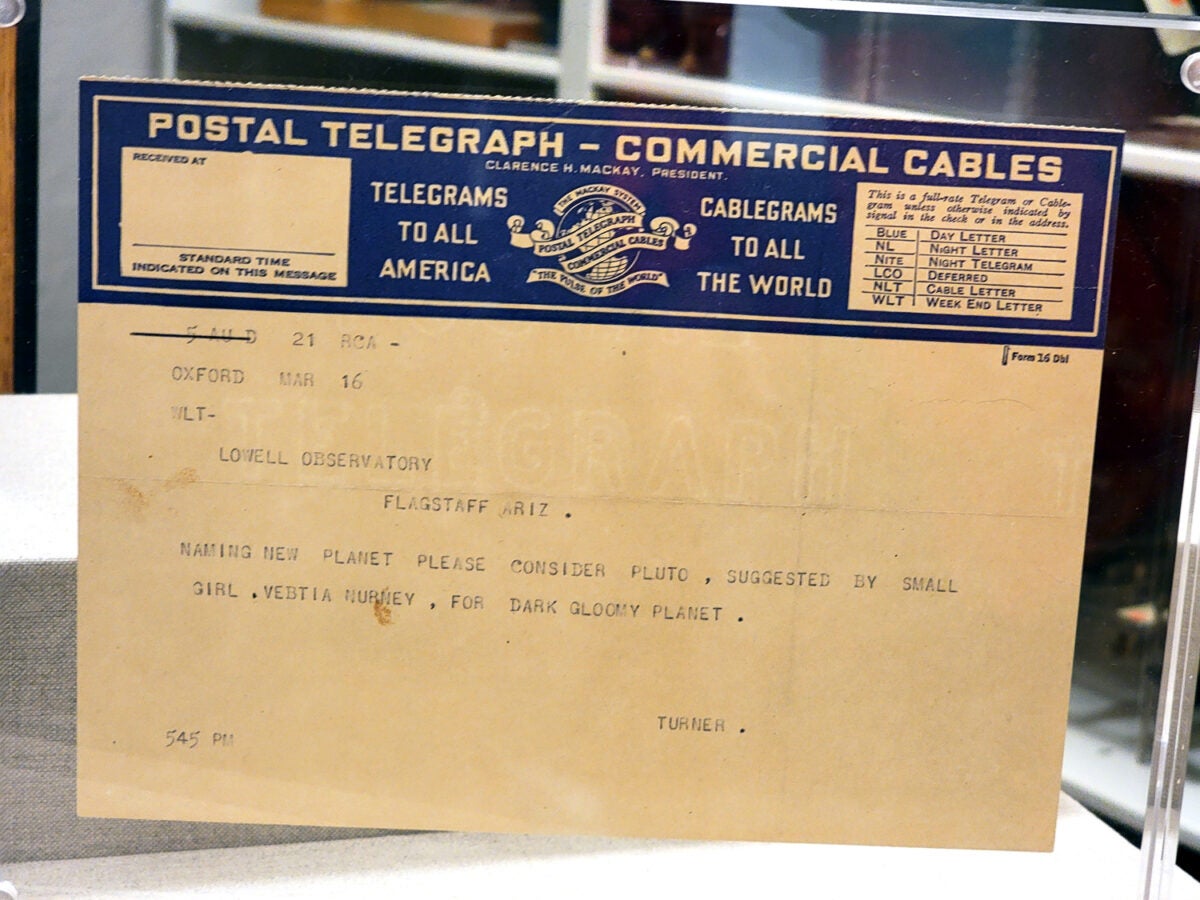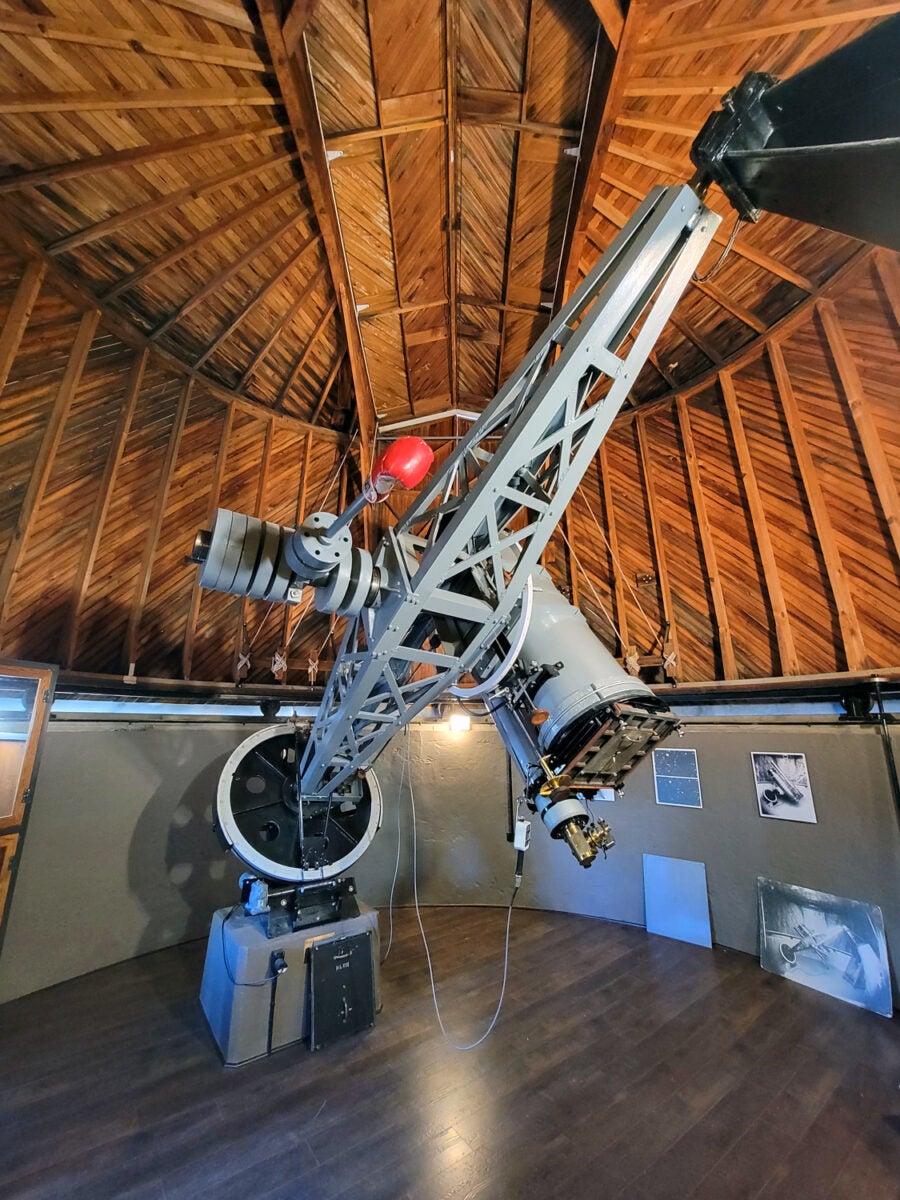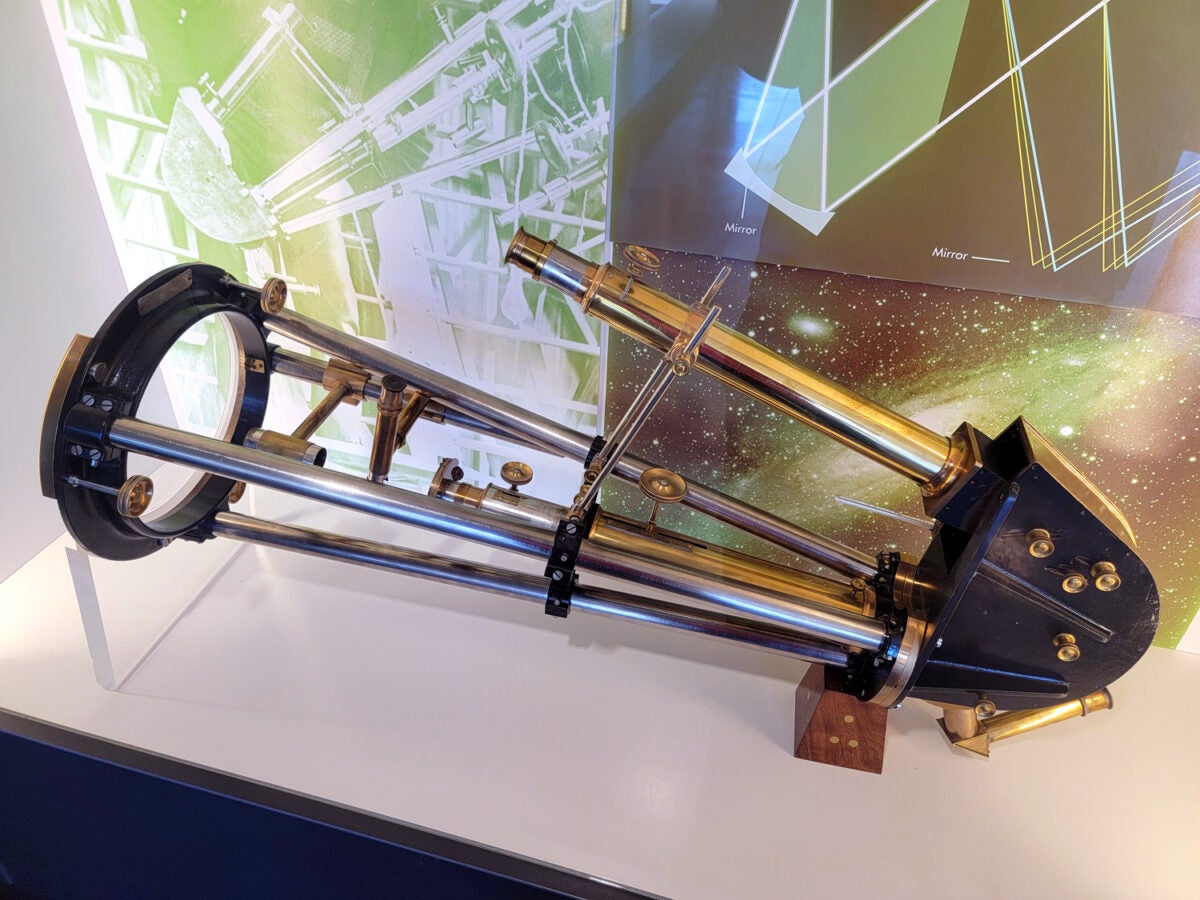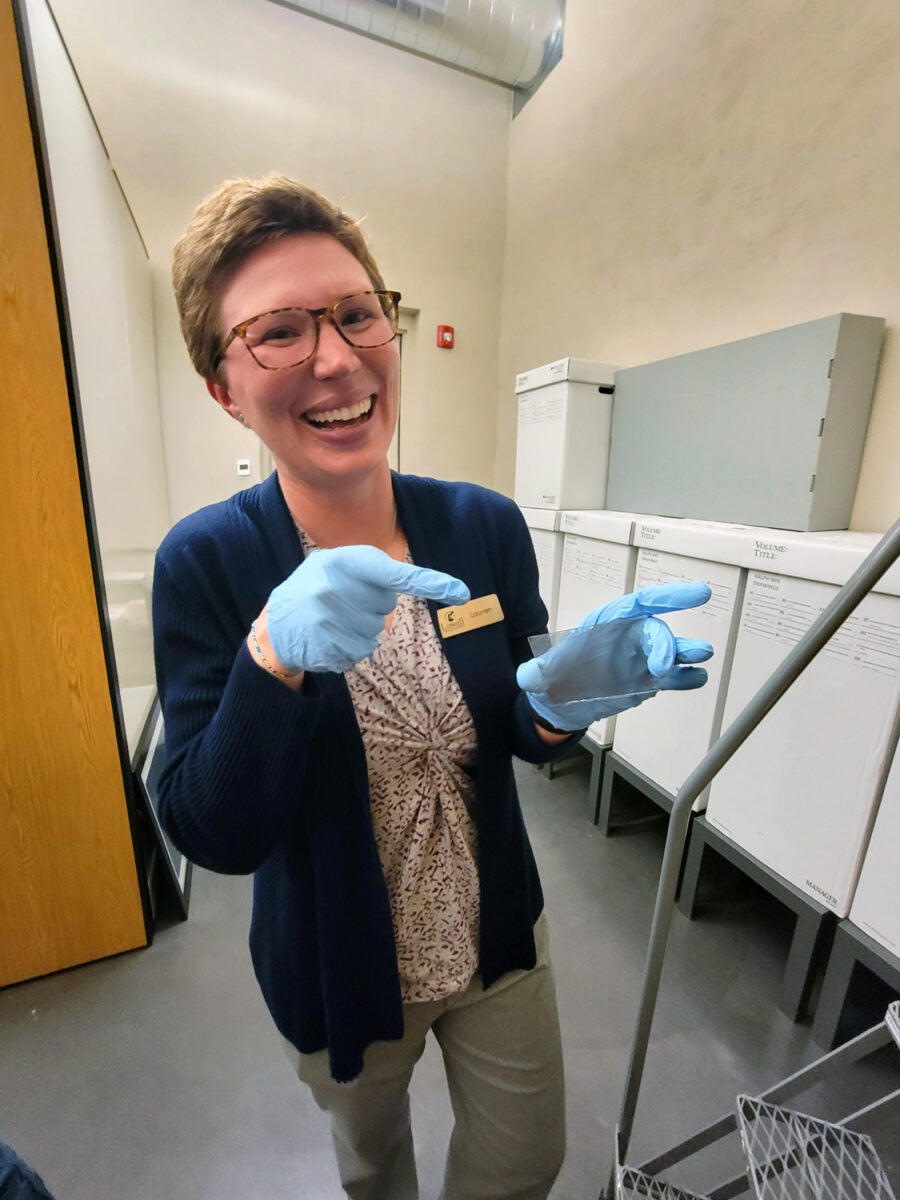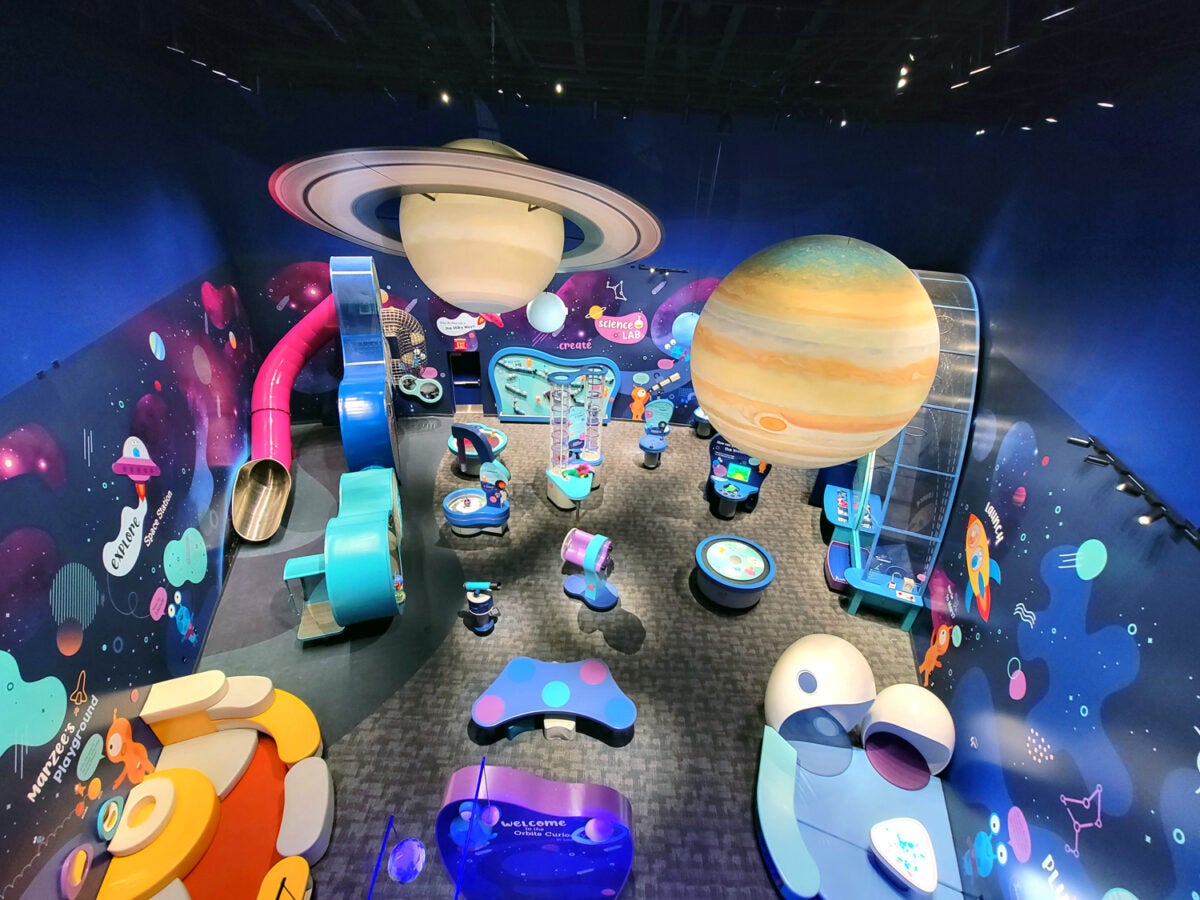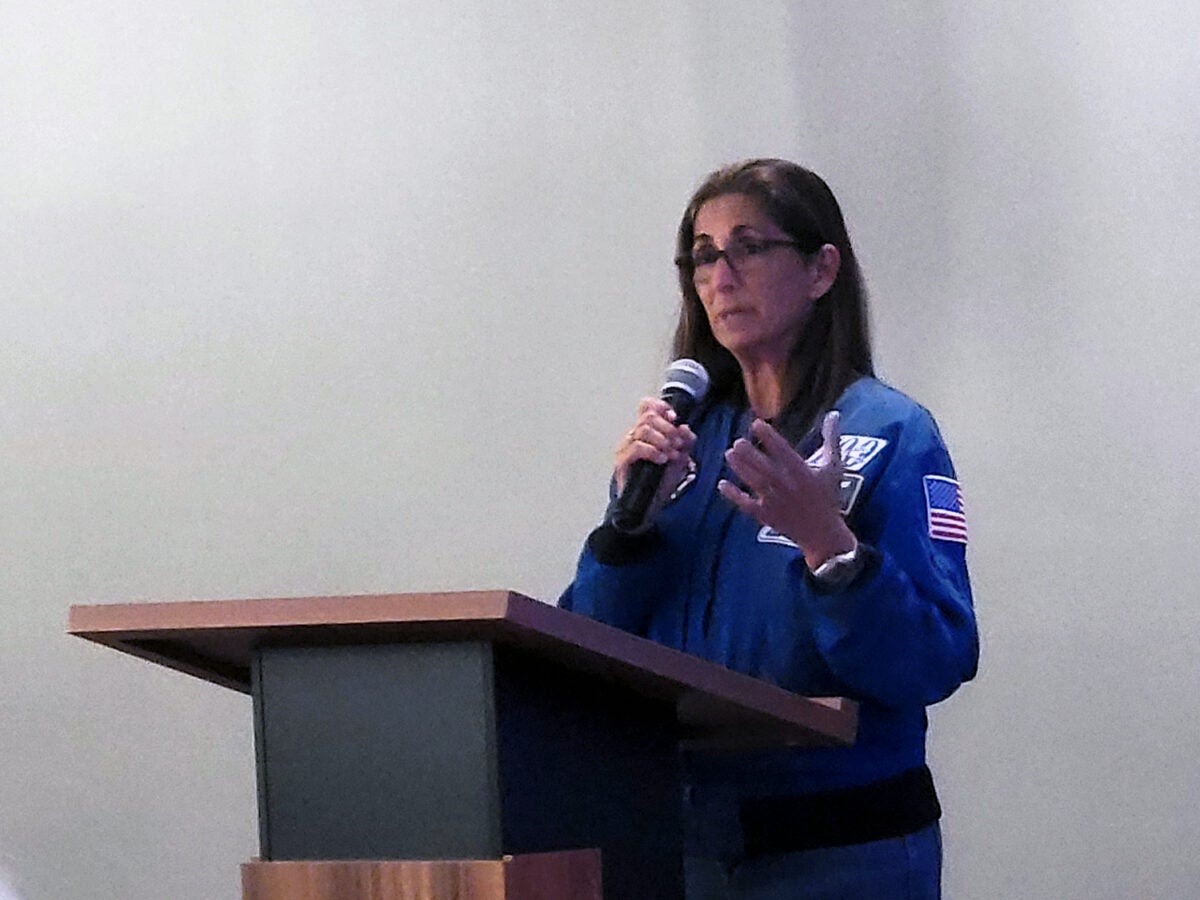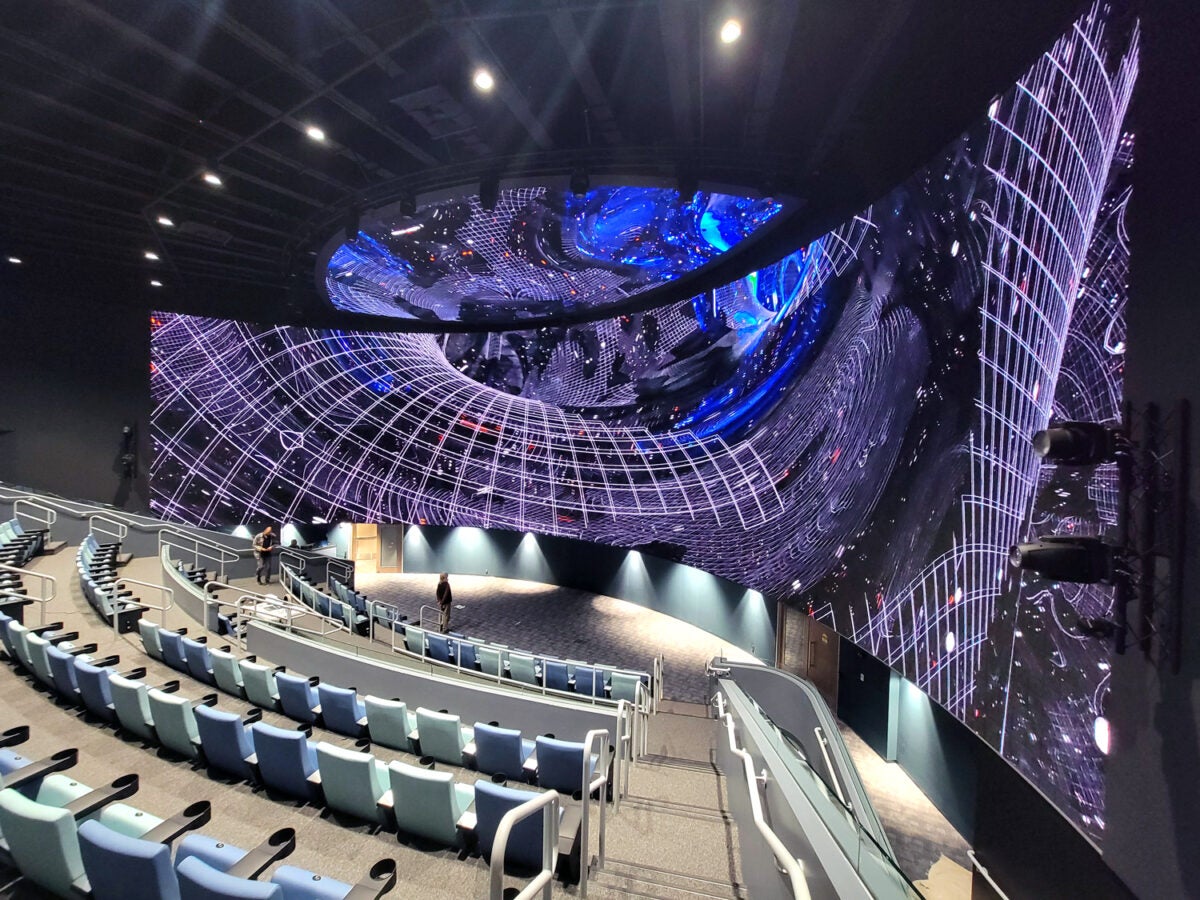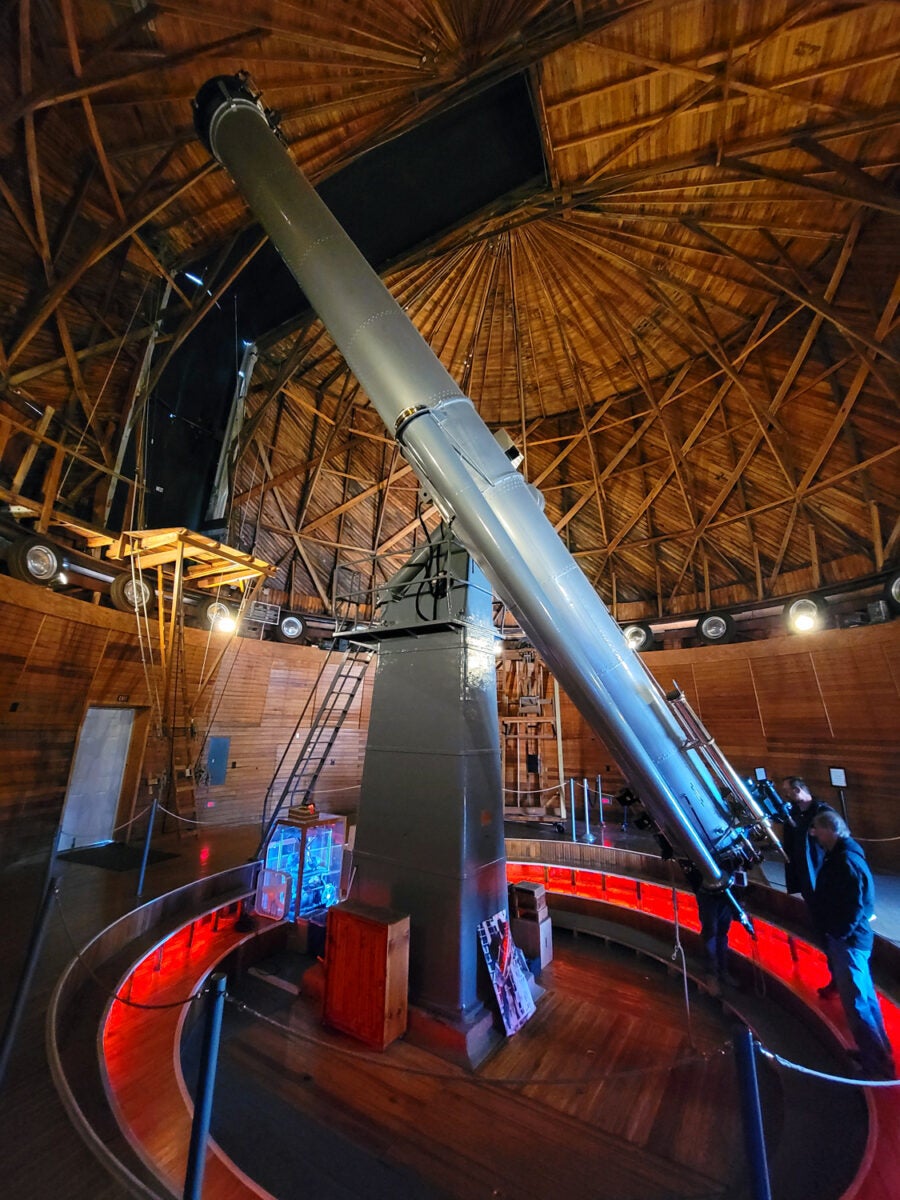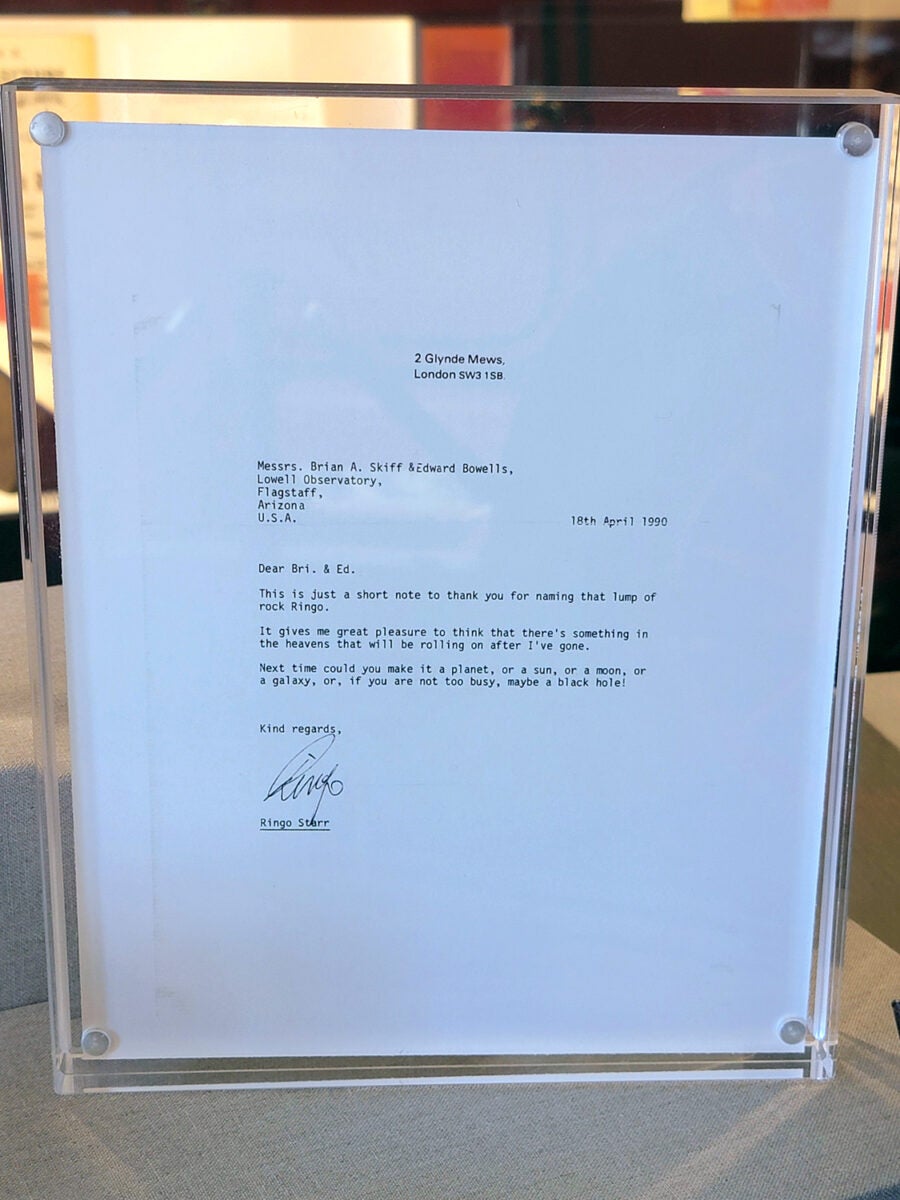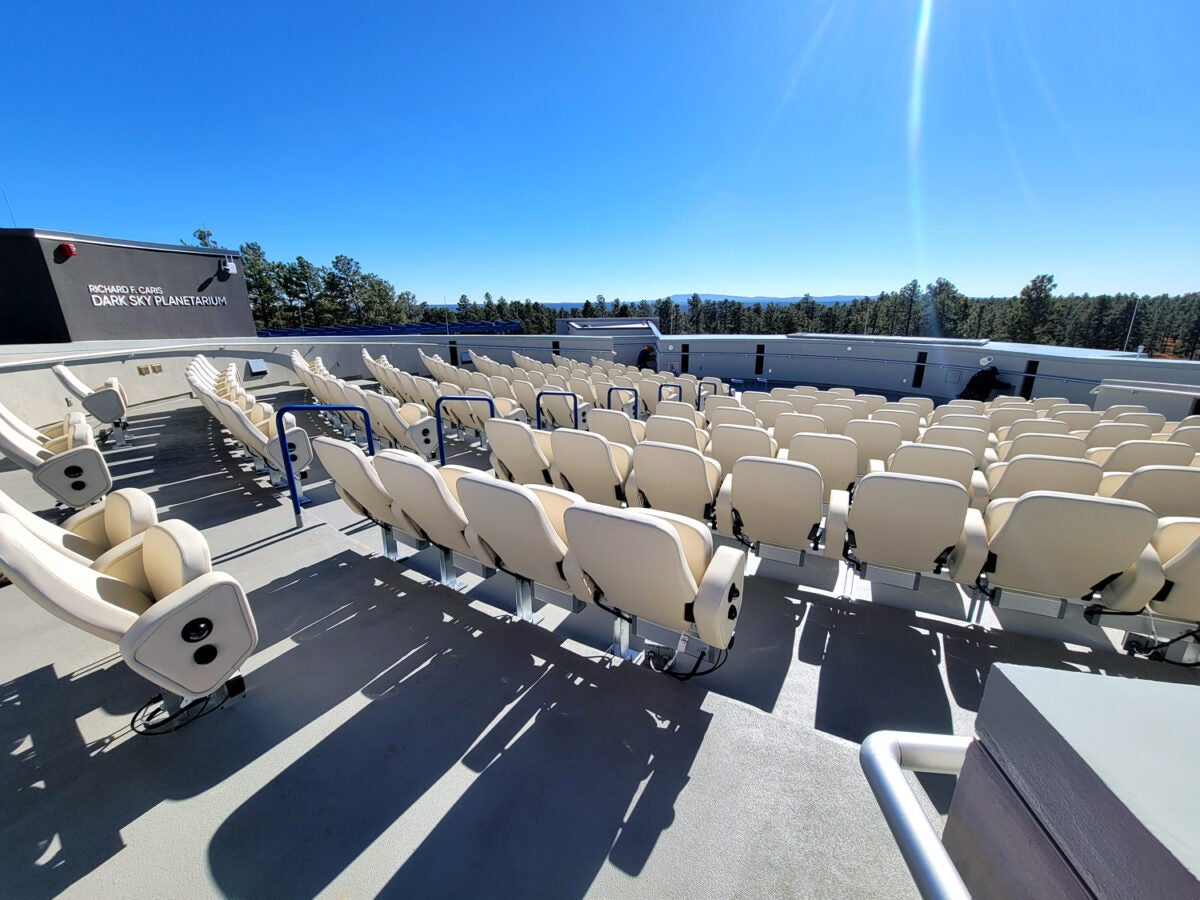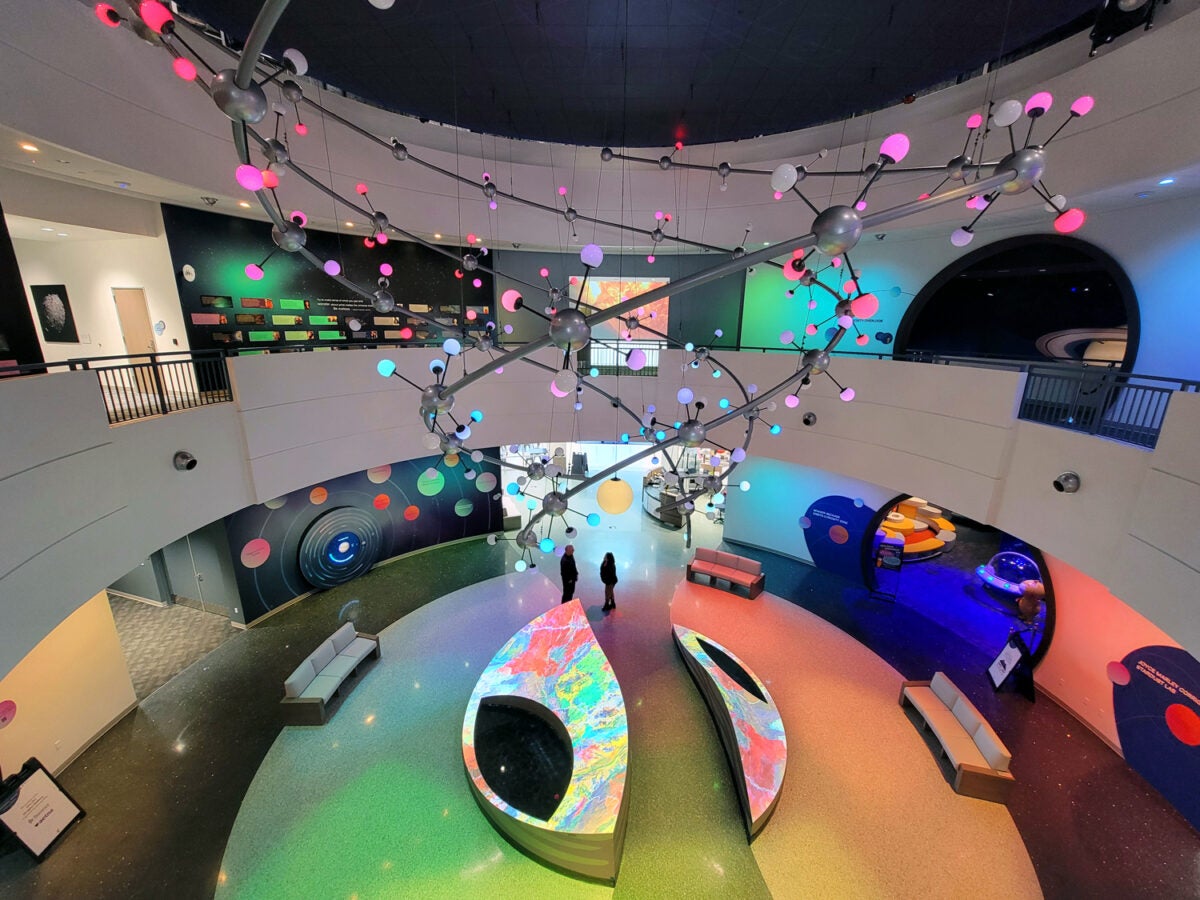
On Saturday, Nov. 16, in Flagstaff, Arizona, the astronomy world changed a bit.
Lowell Observatory has long been a beacon of history in the cosmic universe. Here, Boston Brahmin Percival Lowell founded an institution to study the heavens from the far west in 1894. Here he famously studied Mars, an early obsession, believing it to be crisscrossed with canals that indicated an alien civilization. Here one of Lowell’s associates, Vesto M. Slipher, employed his famous spectrograph with the observatory’s 24-inch Clark refractor to discover that most “spiral nebulae,” as they were known in 1912, were moving away from each other. This was the first key to understanding that the universe is expanding. And here, in 1930, a young astronomer named Clyde Tombaugh discovered Pluto with a 13-inch astrographic camera.
Lowell Observatory has gone on to glory as a modern, ambitious observatory with a full slate of research projects in all areas, from the solar system to distant galaxies. It has erected a 4.3-meter instrument, the Lowell Discovery Telescope, and employs a range of experienced astronomers. It is a rare gem that powers ahead with such far-ranging research goals and a deep historical record that continues to fascinate visitors to this day. Much of the current progress at Lowell has recently been overseen by Executive Director Jeff Hall, who has just retired, passing the torch to fellow astronomer Amanda Bosh. And the observatory’s programs in all respects are overseen by Lowell Putnam, the sole trustee, who is Percival Lowell’s great-grandnephew.
The Marley Foundation Astronomy Discovery Center
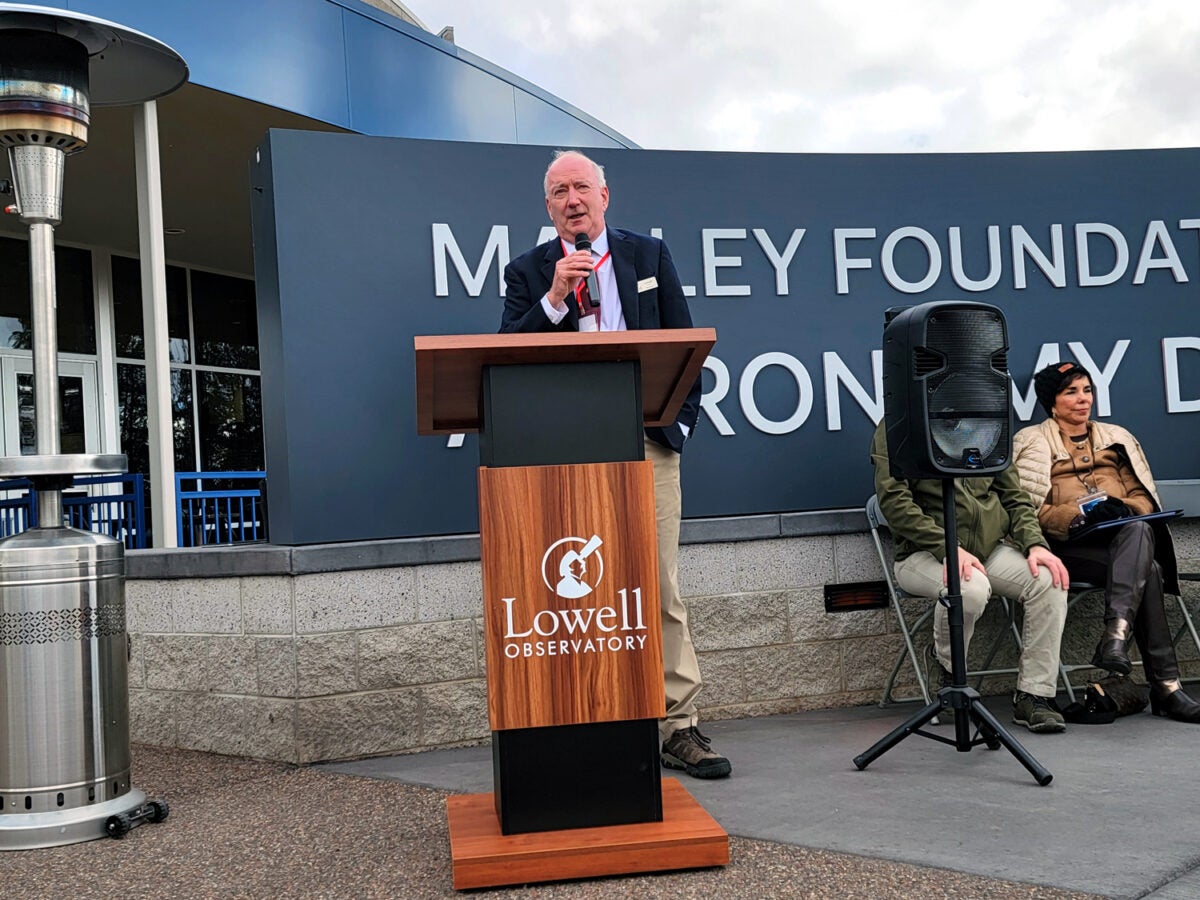
Now, Lowell Observatory has entered the most exciting phase of its entire 130-year history. On Nov. 16, the observatory hosted about 1,000 people, who flocked to Mars Hill for the grand opening of the Marley Foundation Astronomy Discovery Center (ADC), a unique and utterly amazing museum facility that is unlike anything else in the world.
I should say that for a number of years I’ve been privileged to serve on Lowell’s Advisory Board, and I find it exhilarating to be involved with such a unique place for astronomy. Walking into the ADC for the first time, I was astonished, even after seeing pictures of the facility. The 40,000-square-foot (3,700 square meters) building seems like a colossus, and serves all levels of visitor experiences.
The building’s atrium features a sculpture and multimedia screens that follow the origin of life on Earth, from simple atoms combining at the ceiling, down into films of creatures below. Multiple exhibit rooms allow visitors to experience all aspects of astronomy with interactive displays and activities, and the kids who visit Lowell will now be going berserk with joy as they play and learn in the Orbits Curiosity Zone. The primary theater in the building is unlike any other on the planet, its main screen boasting 60 million pixels for extraordinary views of the universe and of simulations and animations that will bring the cosmos to life. Multiple auditoriums allow for talks of various sizes from distinguished speakers who will visit the hill.
And perhaps coolest of all? The building’s roof features a “planetarium” that will allow sky shows under the real sky itself, complete with heated seats. It seems that the team responsible for building this amazing new facility thought of everything.
And of course the longstanding features of Lowell Observatory are there as always for visitors. The historic 24-inch Clark refractor, the main instrument, was key for Lowell’s amazing and interesting observations of Mars and so many other targets. The Pluto Camera, with which Tombaugh discovered that distant body in 1930, still stands. The grounds are covered with paths and statues, and a lengthy walk around the hill allows visitors to discover many things to learn from. The Collections Center holds countless treasures from the archives that include Percival Lowell’s Big Red Car, V.M. Slipher’s spectrograph, a letter from Ringo Starr thanking astronomers for his named asteroid, personal artifacts of Percival Lowell, and much more.
A trip to Lowell Observatory should be on the list for everyone interested in the night sky. Especially now, even more than ever, Lowell is clearly America’s Observatory. You can find out more on the observatory’s web site at lowell.edu.
